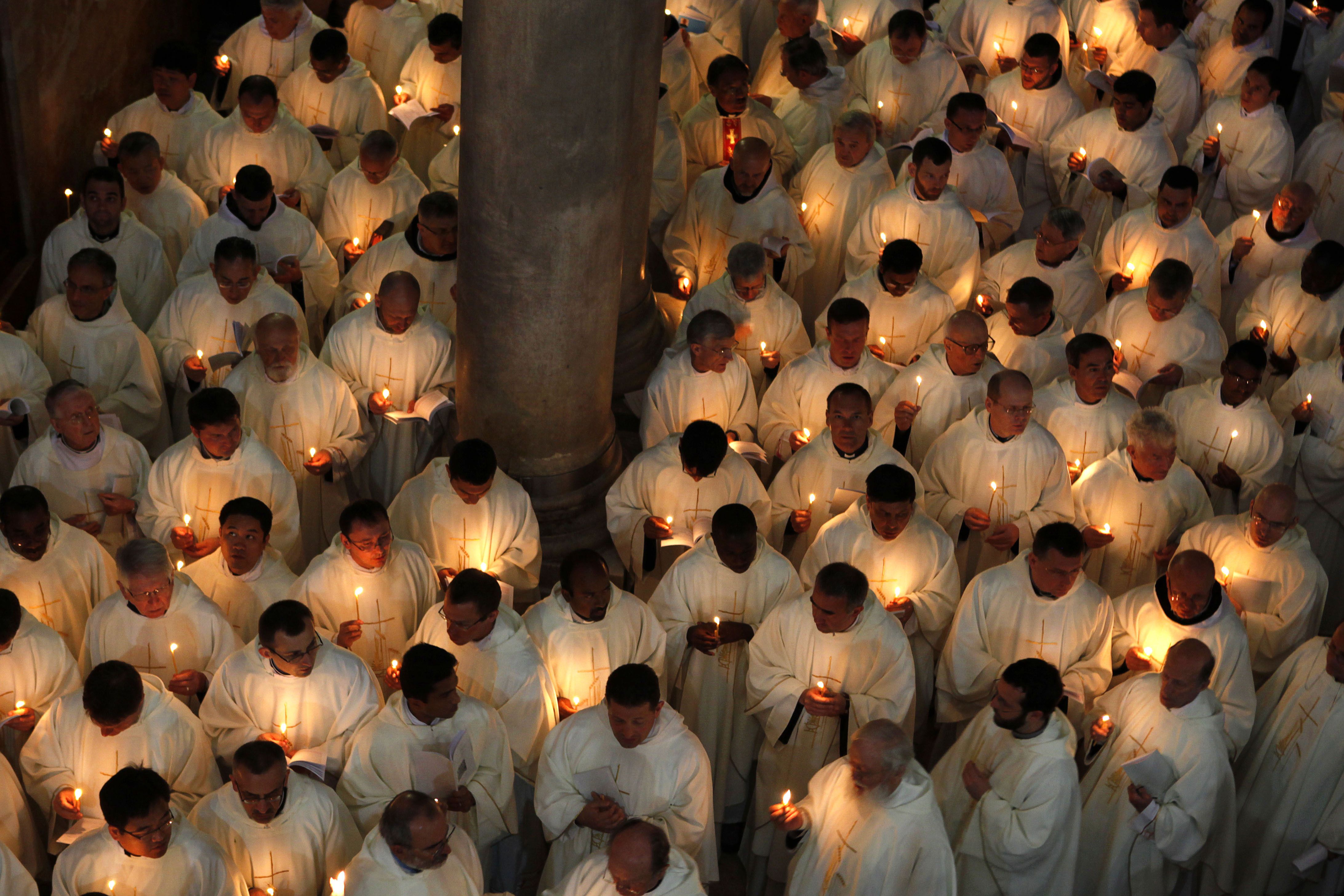
(Photo from Save Alex)
You may remember the campaign to save Alexandria’s historical buildings, Save Alex, from last year after their campaign to save the ex-German consulate building in the Kafr Abdou district and the Villa Cicurel. Rapid population increase generated greater demand for high rise buildings, and the city’s residents have paid the cost, sometimes with their lives, when the poorly-structured buildings collapse. Others say they cannot recognise their own neighbourhoods anymore and that the cultural heritage of Alexandria is being eroded.
Law 144/2006 was drafted to protect buildings, such as Perret’s Villa Aghion, but critics say its phrasing is problematic and provides legal loopholes that allow the demolition of historical buildings. In its second article, the law states that “it is not permitted to demolish buildings with a unique architectural style that relates to national history or a historical character or a tourist site”.
Renowned architect Auguste Perret designed several buildings in Egypt, three of which are in Alexandria. One of his designs, the Villa of Gustave Aghion, is threatened to be demolished. Some of Perret’s buildings have been designated UNESCO World Heritage Sites, including his rebuilding of Le Havre after its destruction in World War II. He famously designed the Théâtre des Champs-Élysées and the concert hall of the École Normale de Musique de Paris.
The villa was built in 1922 and is located in Wabur al-Mayya, a 19th century district in Alexandria. A 2009 article by Alaa El-Habashy from INVISU, a website dedicated to providing information on art history, says the building is the only one of Perret’s to have a published photograph and is possibly Perret’s first in Egypt. El-Habashy notes that Perret designed three levels of projection in the facades: columns, beams, and in-fills. Perret’s design of the building received much attention and was mention in the French magazine l’Architecture d’Aujourd’hui.
Following an illegal demolition attempt in 2009, the villa remained in a delicate state until the Save Alex initiative and the neighbourhood provided security in 2012. Today, there is a court order to demolish the building. Other buildings that have been similarly condemned include Villa Ambron, where Laurence Durell lived, and Villa Cicurel. Save Alex contributed to stopping the demolishing of the latter but Villa Cicurel remains in a threatened state and its future is unknown.
“There is a problem with the law itself. Law 144/2006 sets forth conditions that form criteria for buildings to be considered heritage but its phrasing means some conditions must exist together, making it more difficult to protect buildings as heritage. Some also get around this legal protection by getting an expert from the Ministry of Antiquities to say that a building is not an antiquity when of course, it is not, because it is heritage,” said founding member of Save Alex, Mohamed Aboul Kheir, who is an academic and architect.
The campaign is currently calling for volunteers to help stop the demolition of the already partially-damaged villa and is raising awareness, but the future of Perret’s unique design and possibly first building in Egypt, remains to be seen.




